Description
Product Overview:
Product Name: BPC-157 / TB-500 Blend
Quantity: 5mg
Research Use Only. Not for Human Consumption.
Research Applications:
Synergistic Effects on Tissue Repair
Both BPC-157 and TB-500 (thymosin beta-4 fragment) have been individually studied for their ability to support tissue regeneration. When combined, their distinct yet complementary mechanisms may amplify cellular migration, angiogenesis, and matrix remodeling in tissue repair models..
BPC-157 promotes fibroblast proliferation and epithelial restitution through interactions with growth factors such as VEGF and FGF, while TB-500 mobilizes actin and cytoskeletal proteins that enhance cell migration and wound closure. Their co-administration in animal models has shown accelerated repair in tendon, muscle, and dermal injuries [1][2].
Angiogenesis and Vascular Support
BPC-157 upregulates VEGFR2 and endothelial nitric oxide synthase (eNOS), encouraging capillary growth and improved circulation in ischemic models. TB-500 complements this by increasing vascular endothelial cell migration and reducing fibrin formation, which is critical during early vascular remodeling [3].
Together, these peptides are widely studied for their angiogenic potential, particularly in conditions simulating ischemic injury, diabetic wound models, or microvascular dysfunction. Enhanced vascularization contributes to tissue oxygenation and nutrient delivery essential for regeneration.
Anti-Inflammatory and Cytoprotective Activity
In inflammatory models, BPC-157 reduces pro-inflammatory cytokine expression and stabilizes tight junction proteins, contributing to gut barrier integrity and systemic inflammatory modulation. TB-500 has also been noted for its role in reducing IL-6 and TNF-α levels, potentially helping reduce secondary tissue damage after injury [4].
This blend is often researched in oxidative stress and inflammatory cascade models, including GI inflammation, musculoskeletal strain, and chemically induced systemic injury.
Angiogenesis and Vascular Support
Emerging studies suggest BPC-157 may play a role in neuroprotection and neuromuscular recovery through pathways influencing neurotransmitter balance and neuronal outgrowth. TB-500, known to accumulate in injured tissue, has been researched for accelerating muscle recovery and improving flexibility of connective tissue [5].
Their combination is particularly of interest in soft-tissue and peripheral nerve injury models, where accelerated regeneration is a key research endpoint.
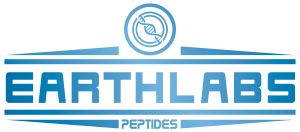
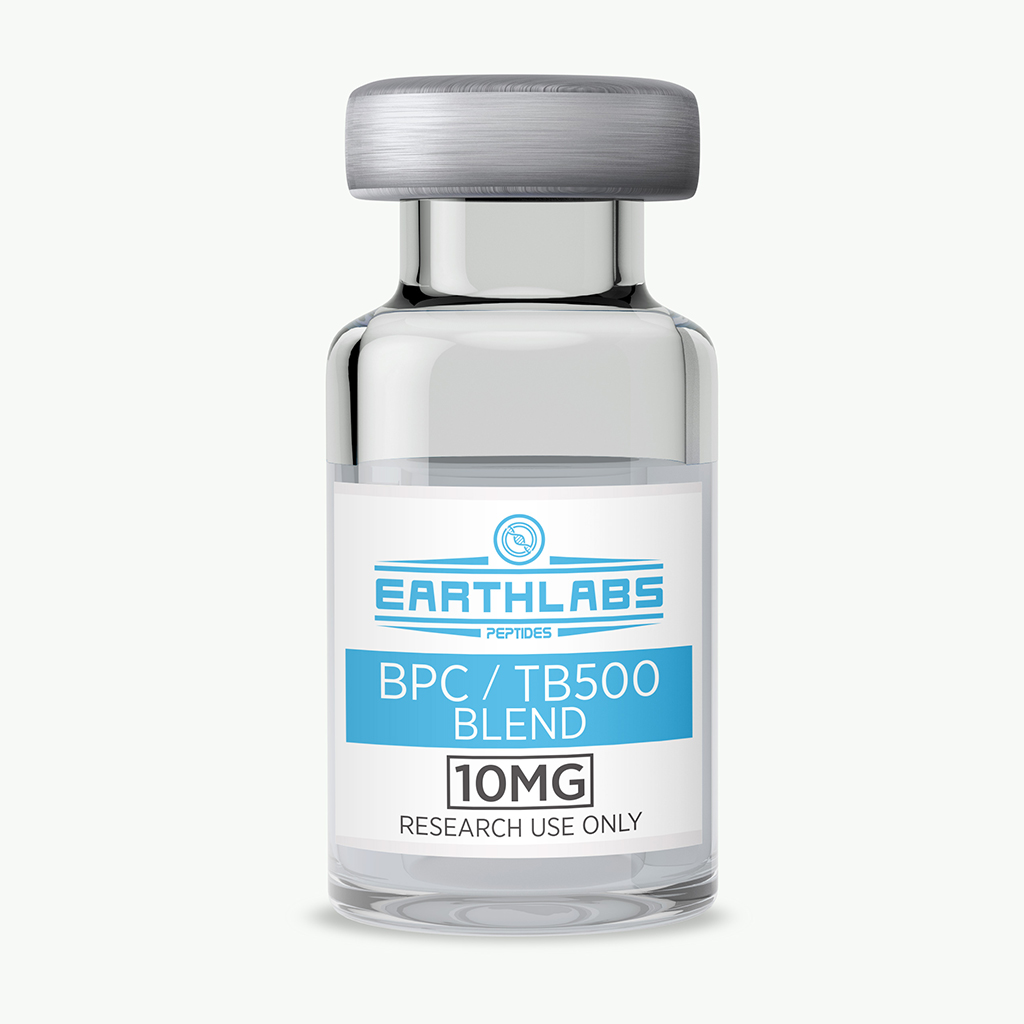
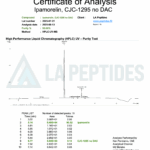
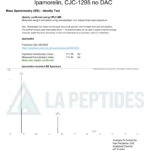
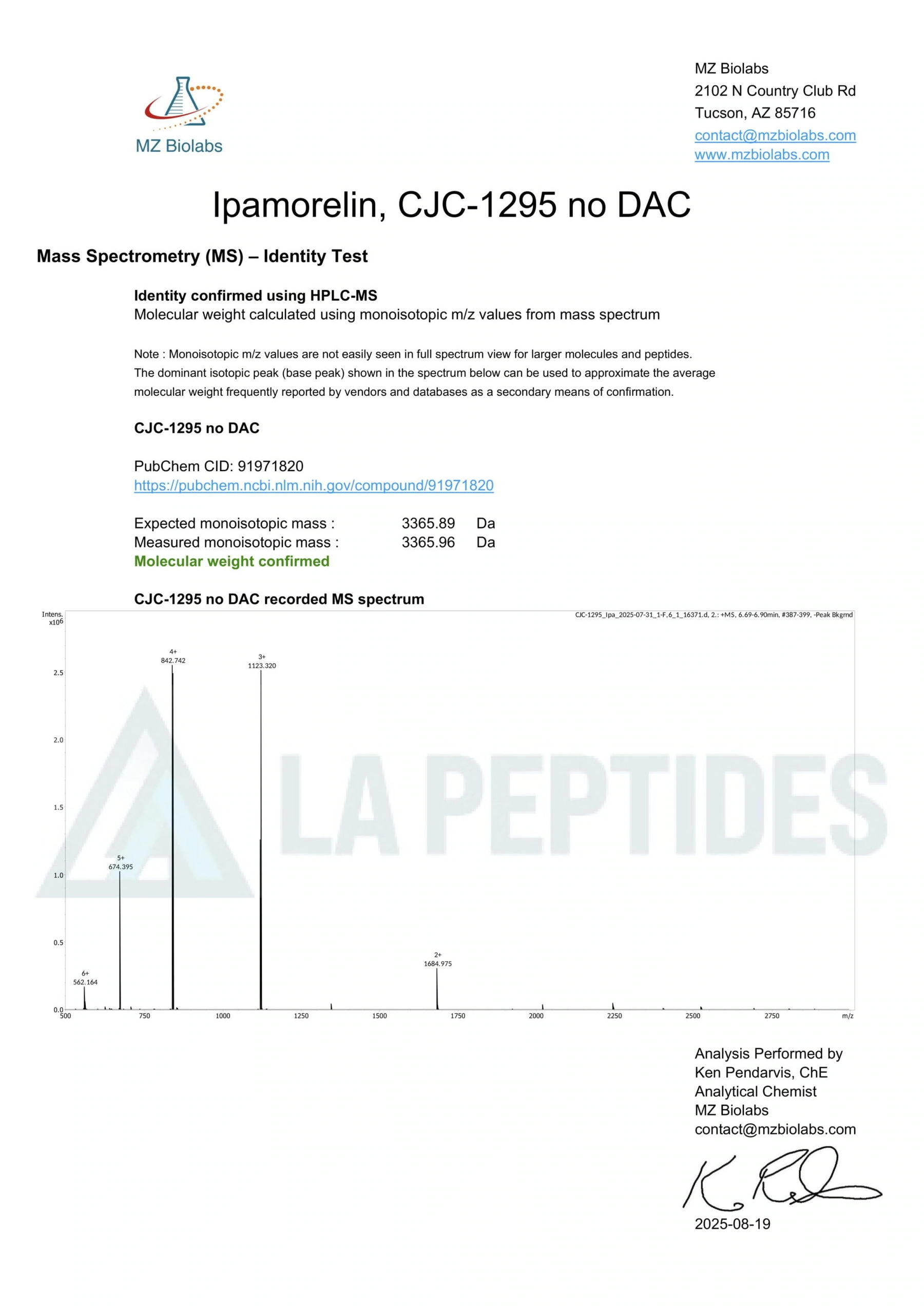
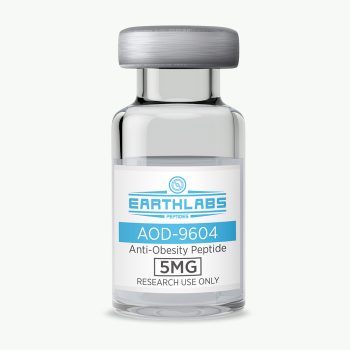
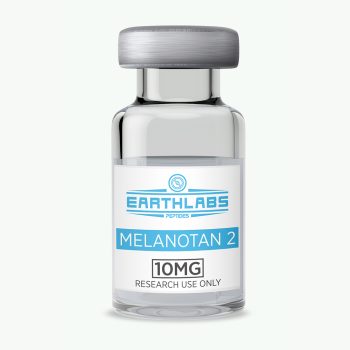
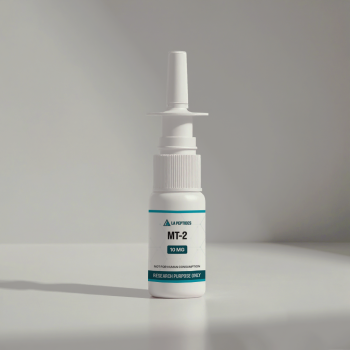
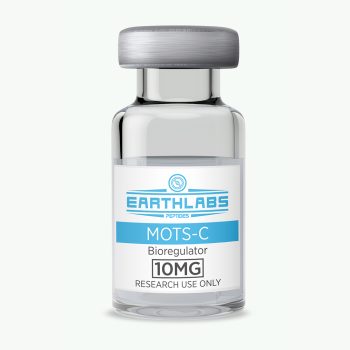
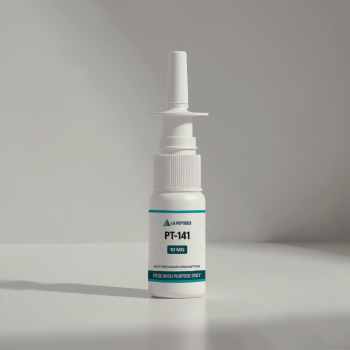
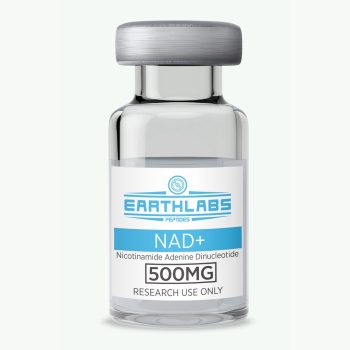
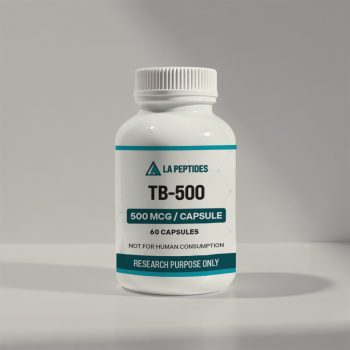
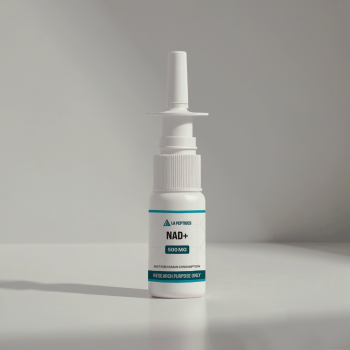
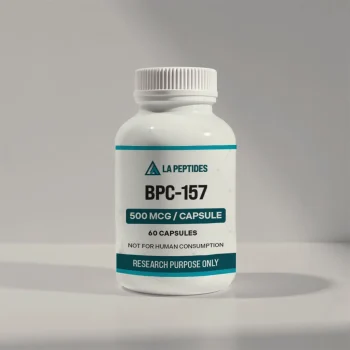
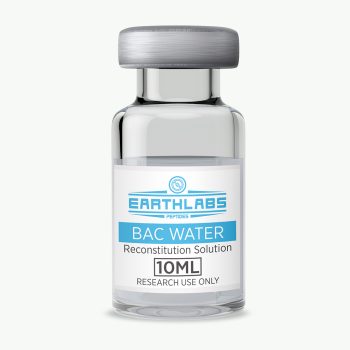
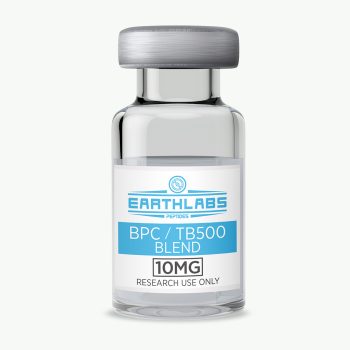
There are no reviews yet.